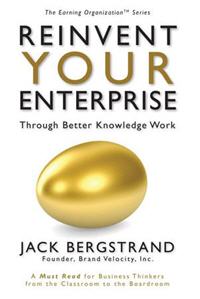Kevin Blakely, senior executive vice president of Huntington Bancshares Inc. in Columbus and its chief risk officer said years ago, things were relatively simple. “Most of our risk was centered in credit risk – lending to individuals and companies, and gauging our ability to get that money back,” he said. Until this past summer, Blakely had been president of the Philadelphia-based Risk Management Association. But as companies got bigger and financial products got more complex, financial institutions developed mathematical models to measure risk. They worked well, he said, but by the mid-1990s banks were depending on them too much. “We began to view them as the answer, rather than as one more input before you get to the answer,” Blakely said. “That was one of the rude lessons we learned over the last couple of years. As an industry, we weren’t as smart in the business of risk management as we thought we were.”
The false sense of security placed in risk management was certainly a rude lesson for many companies as they focused on quantitative models that told them what they wanted to believe. A balanced view of both quantitative and qualitative factors is critical to an effective enterprise risk management program.












